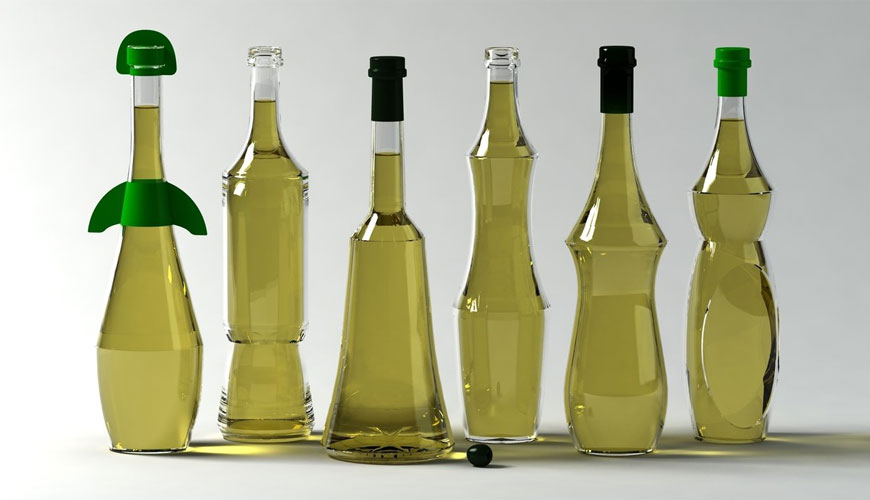

Developed by the International Organization for Standardization (ISO), this part of the ISO 1186 standard covers test methods for determining the overall migration from only one surface of sheet and film plastics to oily food simulants for selected times at temperatures above 20°C and up to 100°C. .

This method is most suitable for plastics in the form of films and sheets, but is particularly applicable to materials consisting of more than one layer or surfaces that differ in their migration properties and which must be tested with a food simulant in contact with the surface.
This test method is written for use with a fatty food analogue, olive oil. The test method is called 'other fatty food simulant D' - a synthetic blend of triglycerides, sunflower oil and corn oil can also be used with appropriate modifications.
These other fatty food simulants will produce different chromatograms for similar methyl esters than the chromatograms of methyl esters of olive oil. Appropriate chromatogram peaks of methyl esters of other fatty food simulants should be selected for the quantitative determination of the analogue extracted from the test samples.
The test method described applies to most types of plastics, although there are some plastics that are not known to exist.
Test samples of approximately 1 dm² are immersed in food simulant for exposure time at and up to reflux temperature. At the end of the test period, each test sample is removed from the food simulant. The food simulant from each test sample is evaporated to dryness, the mass of the non-volatile residue determined gravimetrically and expressed in milligrams per square decimeter of surface area of the test sample.
It is important that test specimens are clean and free of surface contamination (many plastics can easily attract dust due to static charges). Before preparing test specimens, remove all surface contamination from the specimen by lightly wiping the specimen with a lint-free cloth or brushing it with a soft brush. Under no circumstances should you wash the sample with water or solvent. If it is stated in the instructions for use of the product that it should be washed or cleaned before use, EN 1186-1 should be consulted. Minimize the handling of samples and wear cotton gloves when necessary.
For thin films, place a piece of thin stainless steel gauze or glass rods similar to acetic acid between them to ensure good separation of the test pieces and free exposure of the surfaces to the food simulant during the test period. For test pieces or thick specimens that are not placed on supports, insert glass rods between the test pieces after immersion in the simulant. Where sample supports are used, label the supports with a label bearing the test sample ID.
Among the services provided by our organization within the framework of material testing services, there are also ISO 1186-4 standard tests.
To get an appointment, to get more detailed information or to request an evaluation, you can ask us to fill in our form and reach you.